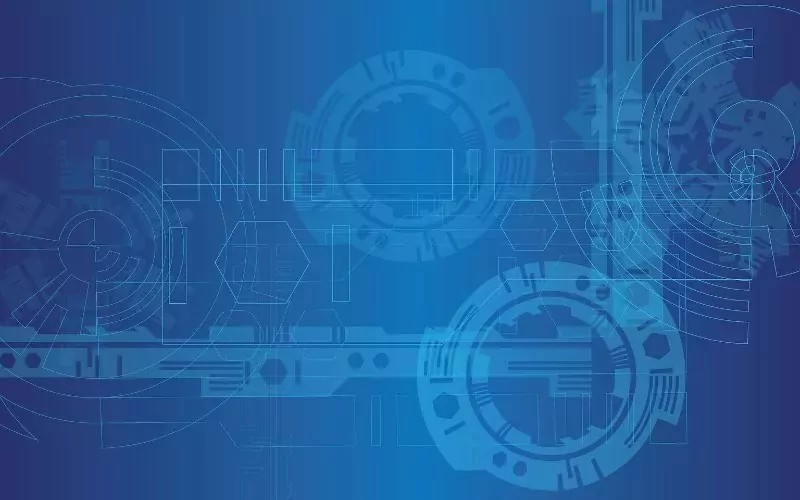AI technology is on the brink of revolutionising urban mobility. Imagine a world where traffic lights are obsolete, thanks to self-driving cars.
This concept is not far-fetched, as researchers explore AI systems enabling vehicles to navigate junctions without stopping. The implications are profound, promising smoother traffic flow and reduced travel times.
Researchers from the Autonomous Systems Lab at the SRM Institute of Science and Technology in India propose a radical change in how we view traffic control. By utilising ‘Vehicle to Vehicle’ (V2V) and ‘Vehicle to everything’ (V2X) communication technologies, they envision a system where AI allows cars to communicate dynamically. This interaction could potentially eliminate the need for traditional traffic signals.
However, the reality is filled with challenges. Current technology struggles with route-sharing among autonomous vehicles, and there’s no consensus on an ‘intersection manager’ to oversee operations. Privacy concerns also add to the complexity, as sharing vehicle data might infringe on personal privacy.
While the vision is ambitious, practical implementation will require overcoming significant hurdles, particularly in computing power and data management. Yet, the potential benefits of reduced transit time and increased road capacity make it a tantalising prospect.
Moreover, there needs to be an industry-wide standard for data sharing and communication protocols. Without these, coordinating the myriad of devices and systems involved remains a daunting task.
Innovative approaches toward privacy-preserving computations are essential for public acceptance. Ensuring that data usage adheres to strict privacy standards is crucial for the successful deployment of such technologies.
The end of traffic lights signifies a shift toward smarter cities, where technology enhances quality of life through intelligent transport solutions.
This AI-driven shift represents a formidable leap into the future of urban transportation.
The promise of AI in eliminating traffic lights speaks to an era of enhanced urban efficiency and reduced congestion.
While challenges remain, the pursuit of this technology envisions a future where city mobility is both intelligent and seamless.


